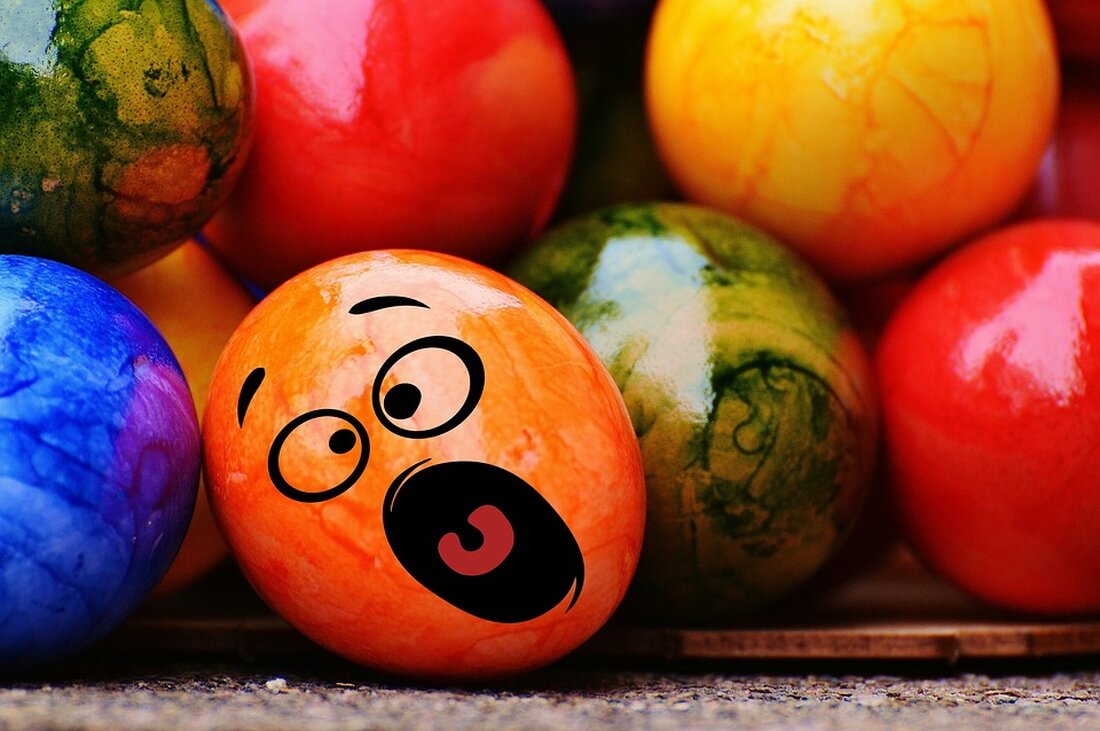The dragon blood trees are unique and threatened with extinction
The dragon blood trees are unique and threatened with extinction
on a wind -whipped high plateau, high above the Arab Sea, Sena Keybani holds a delicate seedling in her hands. The young plant, which hardly extends to her ankle, is a Dracaena draco -a tree that is exclusively on the Yemeni island of Socotra and now suffers from the growing threats from climate change.
threats for the unique tree
"Dying the tree is like the loss of your own child," says Keybani, whose family runs a tree nursery that is devoted to the preservation of this kind. The trees, known for their mushroom -shaped crowns and the blood -red juice that flows through their wood, used to be in large numbers. But increasingly heavier cyclones, the pasture invasive goats and the persistent unrest in Yemen - one of the poorest countries in the world that has been plagued by a civil war that has been going on for a decade - have brought the way and the unique ecosystem that supports them.
incomparable biodiversity
The island of Socotra, which is often compared to the Galapagos Islands, is isolated about 240 kilometers from Africa. Her biological diversity-including 825 plant species, of which more than a third of which nowhere do not occur on earth-has brought her the status of a UNESCO World Heritage Site. These include bottle trees, the swollen trunks of which protrude from the rock, and incense trees with twisted branches that strive for sky.
But especially the Dracaena Draco attracts attention, its unreal form seems more from the sides of a Dr. Seuss Buches to come from an earthly forest. Around 5,000 tourists visit the island every year, many of them attracted by the surreal sight of the dragon blood forests. Visitors are obliged to engage local guides and spend the night in campsites operated by social families to ensure that the income from the local population's tourism benefits. If the trees disappeared, the industry, which ensures many insulans, could also disappear.
ecological importance of the dragon blood tree
"With the income we receive from tourism, we live better than the people on the mainland," reports Mubarak Kopi, the head of tourism from Socotra. However, the dragon blood tree is more than just a botanical curiosity: it is a cornerstone of the Socotra ecosystem. The umbrella -free crowns capture fog and rain, which they guide into the ground, which enables neighboring plants to thrive in this arid climate.
"When the trees disappear, we lose everything - the earth, the water, the entire ecosystem," explains Kay van Damme, a Belgian biologist who has been working on Socotra since 1999. Without intervention, scientists like van Damme warn that these trees could disappear within a few centuries - and with them many other species.
storms as a threat of existence
The intensive increase in severe cyclones has increased dramatically in the Arabic Sea in recent decades, as a study from 2017 shows in the Nature Climate Change journal, and Socotra's dragon bleeding trees pay the price. In 2015, two devastating cyclones, which were unprecedented in their intensity, destroyed parts of the island. Century -old copies, some over 500 years old who had survived many previous storms, were uprooted to thousands. The destruction continued with another cyclone in 2018.
As the climate scientist Hiroyuki Murakami from the National Oceanic and Atmospheric Administration and author of the study warns, the intensity of the storms will increase with the further increase in greenhouse gas emissions. "Climate models all over the world predict more robust conditions for tropical cyclones."
penetrating goats endanger the offspring
However,storms are not the only threat. In contrast to pine or oak trees, which grow 60 to 90 centimeters annually, dragon blood trees only grow 2 to 3 centimeters a year. Until they have grown up, many have already fallen victim to an insidious danger: goats. This invasive way eats the young plants before they have a chance to grow. Apart from heavily accessible cliffs, young dragon blood trees can only survive in protected trees.
"The majority of the forests examined is out of date - there are no young trees, no seedlings," says Alan Forrest, a biodiversity expert from the Royal Botanic Garden Edinburgh’s Center for Middle Eastern Plants. "Old trees fall here and there is not much regeneration." The Keybani family tree school is one of several important facilities that keep goats and enable the seedlings to grow undisturbed.
a war of resources
But such nature conservation efforts are complicated by the stuck civil war in Yemen. While the internationally recognized government supported by Saudi Arabia is fighting against the Houthis-a Shiite group supported by Iran-the conflict has expanded beyond the borders of the country. Houthi attacks on Israel and the trade in the Red Sea have moved the Israeli and western forces, which further destabilized the region.
"The Yemeni government has just 99 problems," says Abdulrahman al-Eryani, consultant at Gulf State Analytics, a risk analysis company based in Washington. "The decision -makers concentrate on stabilizing the country and ensuring that essential services such as electricity and water work. Taking climate issues is a luxury." With little national support, nature conservation measures are largely left to the socotrans. But local resources are scarce, says Sami Mubarak, an ecotourism leader on the island.
Mubarak indicates the crooked fence posts of the Keybani family, which are connected with a fragile wire. The enclosures only last a few years before wind and rain. Financing for more stable tree nurseries with cement fence posts would be of great benefit, he says. "At the moment there are only a few small environmental projects - that's not enough," he adds. "We need the local and national government in Yemen that nature conservation is a priority."


Kommentare (0)